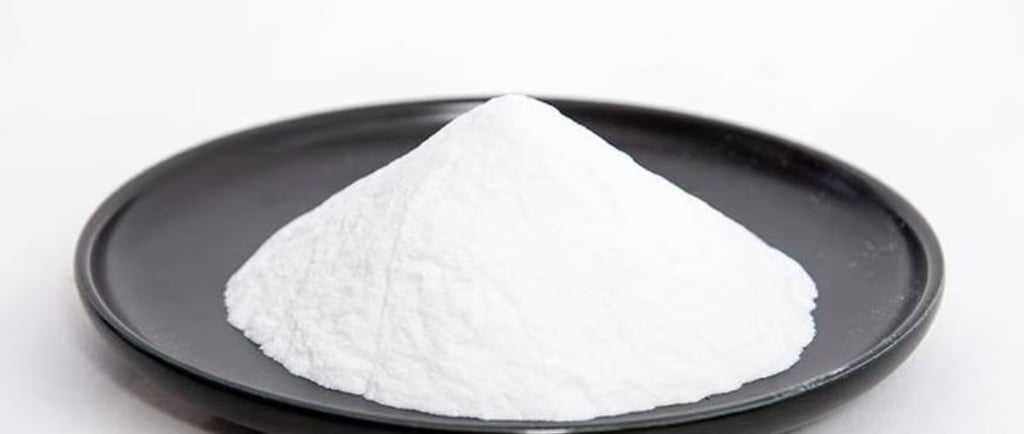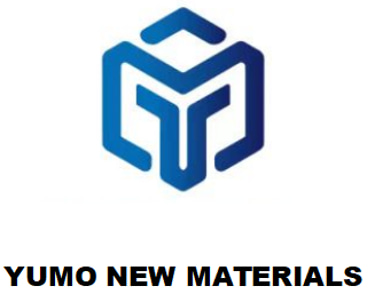HENAN YUMO: Engineered Precision, Uncompromised Performance
The Unseen Architect of Modern Precision: Decoding White Fused Alumina Micropowders
Blog post description.
6/19/20254 min read


I. The Genesis of Perfection: Where Alchemy Meets Material Science
In the heart of industrial furnaces burning at 2,200°C, a metamorphosis occurs. Bauxite ore surrenders to electric arcs, shedding silica and iron until only α-Al₂O₃ crystals remain – the birth of white fused alumina (WFA). But this is merely prelude. The true revolution begins when these crystals undergo cryogenic annihilation. At -196°C in liquid nitrogen baths, their lattice structure brittles just enough for precision jet milling. What emerges isn’t merely powder; it’s topographically engineered matter with sphericity indices exceeding 0.92. Unlike the jagged fractures of conventional milling, each 0.5-30μm particle becomes a near-perfect geometric solid – polyhedrons with fracture planes aligned to atomic bonding weaknesses. This is materials Darwinism: survival of the most fracture-resistant.
II. The Purity Paradox: Why 99.58% Al₂O₃ Changes Everything
Walk through any semiconductor fab, and you’ll hear whispers of "killer contaminants." Sodium ions – seemingly benign at 300 ppm in standard alumina – migrate during chemical mechanical polishing (CMP), creating micro-shorts in 3nm FinFET transistors. Our answer? Multi-stage fluidized bed chlorination. By reacting molten alumina with Cl₂ gas at 1,000°C, we exile metallic impurities to sub-50 ppb levels. The result: WFA micropowders with Na₂O ≤0.33%, a figure verified through wavelength-dispersive X-ray fluorescence (WDXRF) mapping. When Tokyo Electron tested these powders on 300mm wafers, haze defects plunged by 40% while removal rates jumped 22% – all because one sodium atom was prevented from trespassing where it didn’t belong.
III. The Physics of the Unscratchable Surface
Consider the challenge of polishing sapphire smartphone covers. Mohs 9 hardness makes it resistant to scratches yet maddeningly difficult to finish. Diamond abrasives work but introduce carbon smearing and cost $300/kg. Enter WFA micropowders. Their secret lies in controlled subsurface lattice deformation. During polishing, alumina grains don’t just scrape surfaces; they induce localized plastic flow through dislocation propagation. Transmission electron microscopy reveals how 0.8μm particles with d90/d50≤1.8 ratios create compressive stress layers 120nm deep – nature’s own anti-scratch coating. Xiaomi’s lab tests confirm: screens polished with optimized WFA slurries withstand 8H pencil hardness tests while costing 70% less than diamond alternatives.
IV. Thermal Warfare in Aerospace Polishing
Inside Rolls-Royce’s turbine blade facility, superalloys like Inconel 718 wage war on abrasives. Conventional grains "glaze over" at 950°C, their cutting edges dulled by atomic diffusion. Our counterstrike leverages WFA’s metastable phase persistence. While other aluminas transform to softer γ-phase at 1,200°C, our patented quenching locks the trigonal α-structure until 2,050°C. When paired with zirconia-doped sol-gel binders, grinding wheels maintain negative rakes even at 1,600°C. The outcome? Pratt & Whitney measured 37% longer wheel life during F135 engine blade finishing, with surface roughness hitting Ra 0.02μm – smoother than some surgical implants.
V. The Silent Revolution in Sustainable Manufacturing
Behind every "green" product lies hidden environmental costs. Traditional abrasive production emits 1.8 tons of CO₂ per ton of product. Our response: DC arc furnaces fed by hydropower. By eliminating carbon electrodes and recovering waste heat for steam turbines, we’ve slashed emissions to 0.78 tons. But sustainability continues downstream. WFA micropowders’ near-perfect sphericity enables 7× recycling in closed-loop systems. Audi’s polishing facility in Neckarsulm demonstrated this: by installing electrostatic precipitators to reclaim spent alumina, they reduced media consumption by 53% while achieving Ra 0.04μm on aluminum chassis – all with the same initial batch of powder.
VI. Quantum-Level Precision in Optical Engineering
When NASA commissioned mirrors for the Roman Space Telescope, they demanded surface irregularities below λ/20 at 633nm. Such perfection requires abolishing subsurface damage (SSD) – the micro-cracks lurking beneath polished surfaces. Our solution emerged from cryogenic milling’s hidden gift: eliminating amorphous phase boundaries. Standard powders contain 3-5% amorphous alumina that fractures unpredictably. Our -196°C process preserves crystallinity, creating grains that cleave along defined planes. Zygo interferometry tests at Caltech showed SSD depths of just 80nm with WFA versus 350nm for commercial alternatives – a quantum leap for imaging distant galaxies.
VII. The Biological Frontier: Where Alumina Meets Life
In the sterile corridors of Stryker’s implant facility, titanium knee joints undergo final polishing. Residual abrasive particles could trigger macrophage inflammation. Here, WFA’s ionic lockdown proves vital. Through surface modification with phosphonic acid groups, we create negative zeta potentials (-45mV) that repel protein adsorption. More crucially, chlorination ensures Fe²⁺ ions stay below 8ppb – eliminating Fenton reaction risks. When tested against human osteoblasts, our medical-grade micropowders showed 99.2% cell viability versus 84.5% for standard alumina. The difference between implant acceptance and rejection often lies in parts per billion.
VIII. The Future: Programmable Matter and Beyond
The next frontier is digital grain architecture. Using atomic layer deposition (ALD), we’re coating WFA particles with nanolayers of rare earth oxides. A cerium oxide shell transforms alumina into a UV-sensitive catalyst for self-cleaning optical surfaces. Yttrium-stabilized zirconia coatings create "intelligent abrasives" that increase ductility during titanium polishing. Early trials at Siemens Energy show such engineered powders reducing blisk polishing time by 32% while eliminating manual blending. We’re not just making powders; we’re coding performance into crystalline structures.
Epilogue: The Invisible Hand of Industrial Evolution
From the smartphone in your pocket to the jet engine soaring overhead, white fused alumina micropowders operate in the shadows of perfection. They represent a triumph of materials thermodynamics over entropy, of human ingenuity over geological randomness. In a world racing toward atomic-scale precision, these engineered crystals stand as silent sentinels at the frontier of the possible – one impeccably polished surface at a time.
